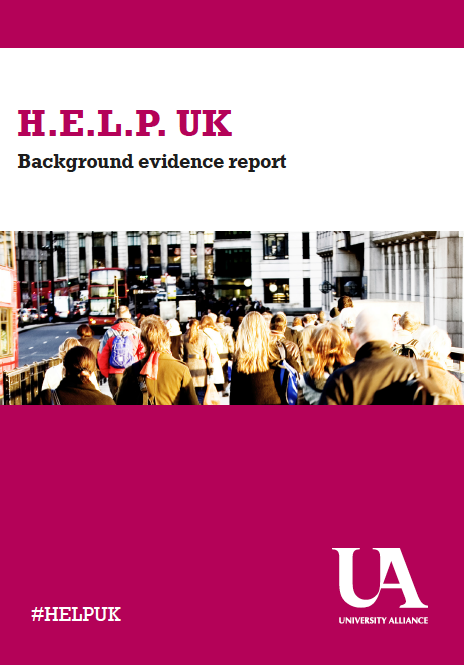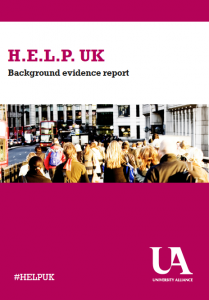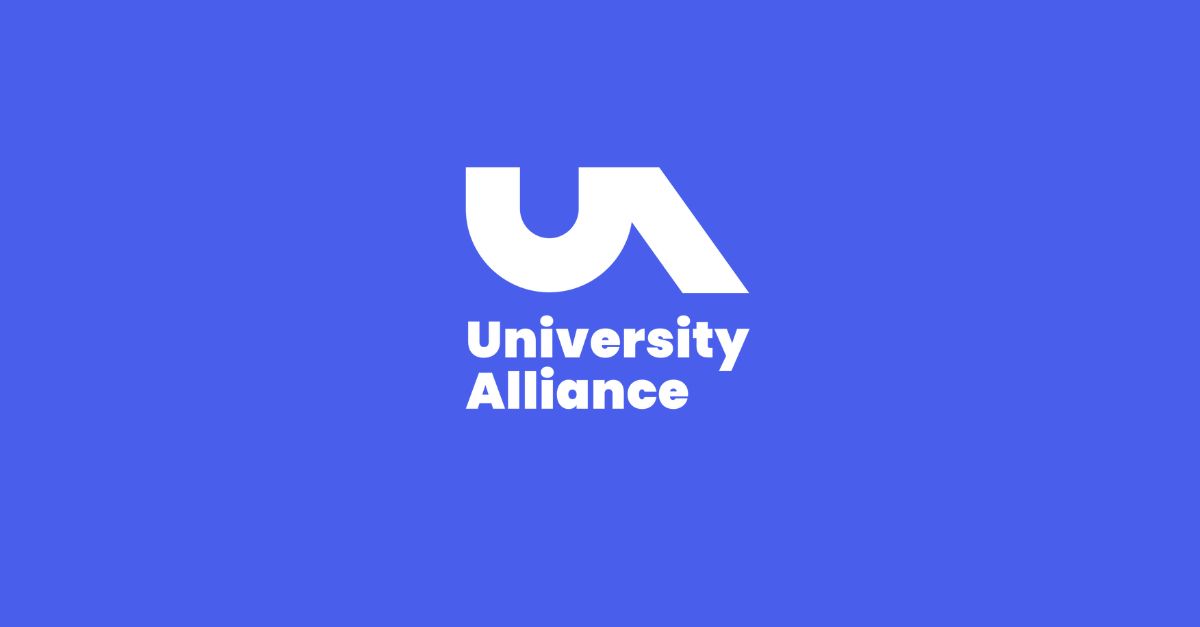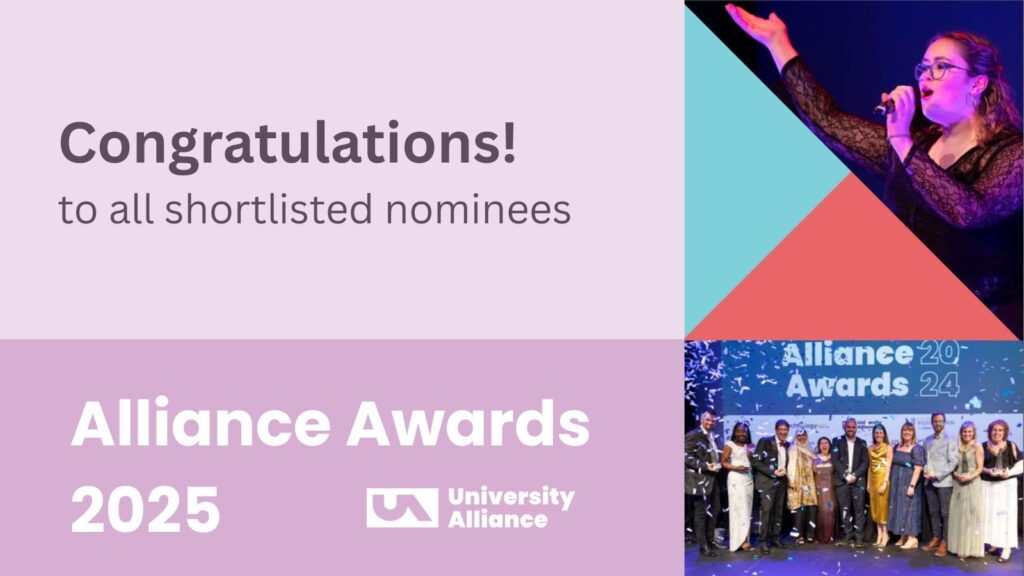The UK cannot predict or plan for the future with any certainty. However, we do know that much is changing in the world around us: how we work, create, share and receive knowledge; how we deliver value; and how we connect to communities around the world. Our education system needs to adapt to this rapid pace of change, as individuals and the economy place new and changing demands on how and what higher education delivers.
This was the starting premise for the work University Alliance has been undertaking to look into the challenges facing the higher education funding system and to identify solutions. Our uni_funding work has taken us on a journey towards the development of H.E.L.P. UK, a new Higher Education Loan Programme providing universal student loan access for the first time. It has been an open process of collaboration with many people across the sector and beyond. The process has incorporated extensive modelling and research from funding systems across the globe. The resulting model has also been tested, and shaped, by the views of students and parents through workshops and from newly commissioned research by Ipsos Mori.
This paper sets out the significant background evidence as to why a new approach is needed and draws out the key findings that have helped to inform and shape the development of our H.E.L.P. UK proposals. We make the following recommendations:
- Shared investment: Shared investment in higher education from both Government and graduates is an important principle that should remain.
- Public understanding: The current system lacks transparency and is not well understood by the public. Re-designing some elements of the system as well as continued communication efforts should seek to counter this.
- Sustainability: A well-designed income contingent loan system that is cost-efficient for Government is central to our ability to support a genuinely flexible and expandable system that will meet the needs of our future economy.
- University funding: £9,000 fees are enabling the universities to invest in the student experience and outreach work. However, global competitors continue to invest at higher levels and it remains difficult to assess what levels of investment are needed to ensure the sustainable future that Browne envisaged. The sector should commission a new evidenced based look at the investment levels needed for a sustainable and competitive future.
- Market-driven higher education: Despite the 2011 White Paper’s intention, reforms to date have struggled to put students at the heart of the system within a constrained market. Reforms to the loan and regulatory system alongside the removal of the Student Numbers Cap could help to revive this intention.
- Room to grow: To date, there has been a lack of space for new and private providers in the system without taking numbers away from established providers. Reforms should be considered that will create greater flexibility to allow for this.
- Fair access: Higher education is a critical engine of social mobility – an economic as well as social imperative that justifies public investment. A system that is free at the point of use is an essential feature of our system that must remain so as not to deter these students.
- Maintenance: Alongside considerable change to the tuition fee system since 1990, there has been relatively little attention on maintenance loans. Support has become increasingly confusing as well as inadequate over time and should be looked at to ensure higher education remains affordable for all.
- Forgotten students: The lack of access to loans to help cover the cost of studying for part-time students, taught postgraduates and those seeking to re-train must be addressed
- Graduate repayment: A progressive repayment system, based on income-contingent loans, that protects low earners and removes financial risk from individuals should remain central to any reform although some adjustments may be worth considering to enable graduates to pay off their loans faster.





